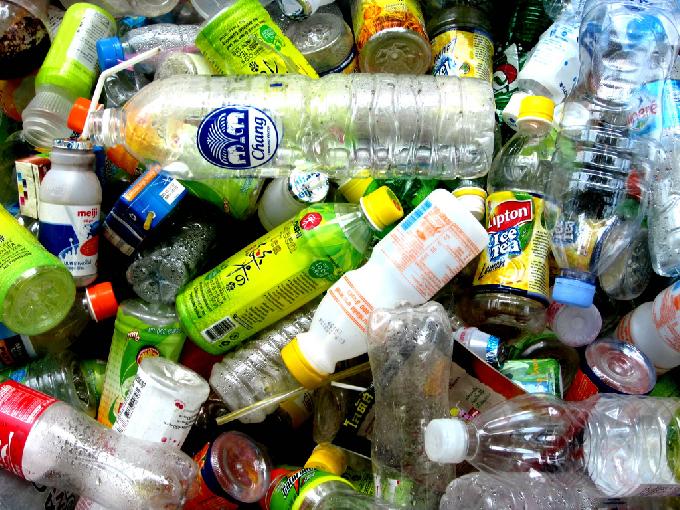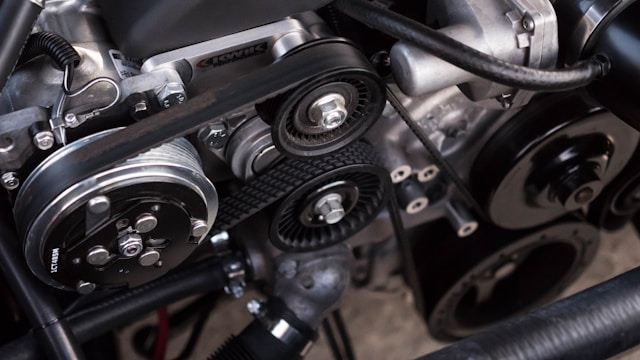Tidal power has its benefits as a renewable energy source with more predictability than its wind and solar energy sisters being one of them. But it also has its drawbacks, such as the price tag and limited number of tidal sites.
IndustryTap covered tidal power generation in May 2013, “Tidal Power Generation Picking Up, $500 Million Worldwide Market By 2015 (Video)“, with a look at how tidal energy is harnessed, the interaction between the earth and the moon and the different types of tidal wave technology. But tidal power has a long way to go to prove its viability and utility in the renewable energy source space.
Lots of Studies And Small Scale Proof Of Concept Projects Underway
There seem to be as many different ideas about how tidal energy can be harnessed as there are projects around the world. As numbers come in on the performance of different types of tidal-harnessing technology, the number of manufacturers will decline while volume shoots up. Questions such as “where should a tidal power farm be located to get the best results?” are being tested in a variety of environments.
While tidal power technology is young, it may turn out to be a sleeper. After all, most of the earth is covered with ocean, which is subjected to the mysterious powers of the Moon, making this form of energy more predictable than wind or sunshine. What’s more, the environmental impact of tidal power is relatively low because installations are underwater.
Tidal projects are still relatively small compared to more established forms of renewable energy: the largest title power station has a capacity of 254 megawatts (MW) per year while the largest power stations, including nuclear power and dams, produce from 6,000 MW to 22,500 MW.
The following is a list of the largest tidal projects to date. There are many more in the works, which will eclipse these in size and scope.
Where Does A Tide Come From?
The gravitational force of the moon is just one ten-millionth that of the earth. When it is combined with the Earth’s centrifugal force, created by its spin and the gravity of the sun, tides occur.
Tides are not caused by the direct pull of the moon’s gravity but by a combination of the moon’s upward pull and the earth’s downward pull on the oceans. The interaction of these forces causes tides.
Maximum tides occur when the moon, earth and sun are aligned. And spring tides occur when the moon and sun are on the same side of the earth aka “New Moon” or when the sun and moon are on opposite sides of the earth aka “Full Moon.”
An excellent illustration of these relationships is given by Adam Hart Davis of Explain-It:
Recent Project In France, $55 million (40 million euros)
In 2010, Irish tidal technology firm OpenHydro teamed with French utility company EDF to build four 2 MW tidal turbines off the coast of Paimpol-Brehat in Brittany, France. The turbines were installed 115 feet (35 m) below the surface of the water and are 72 feet (22 m) high and weigh 850 tons.
The Earth Project: Tidal Wave by tvnportal






